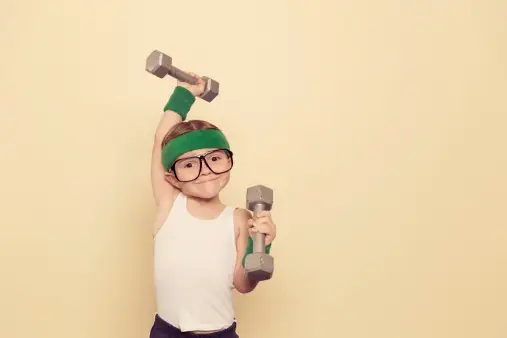Bullying in school education is a pervasive issue that affects students of all ages, backgrounds, and educational settings. The cause and effect of bullying are complex and multifaceted, impacting individuals on a personal, social, and academic level. This article aims to explore the various dimensions of bullying, from its definition to its causes, effects, and strategies for intervention and support.
What is Bullying?
Bullying is an unwanted, aggressive behavior among school-aged children that involves a real or perceived power imbalance. The behavior is repeated, or has the potential to be repeated, over time. It can take many forms, including verbal, social, physical, and, increasingly, cyberbullying. It’s important to distinguish bullying from occasional conflicts or fights; bullying entails repeated harm with an intent to hurt, control, or intimidate another individual.
Signs of Bullying
Recognizing the signs of bullying is crucial for timely intervention. Some indicators that a child may be experiencing bullying include:
- Unexplained injuries or lost personal items
- Changes in eating habits
- Difficulty sleeping or frequent nightmares
- Declining grades, loss of interest in schoolwork, or not wanting to go to school
- Sudden loss of friends or avoidance of social situations
- Feelings of helplessness or decreased self-esteem
- Self-destructive behaviors, such as running away from home, harming themselves, or talking about suicide
What are the Causes and Effects of Bullying in Schools Education?
The cause and effect of bullying are deeply interlinked, with various factors contributing to the behavior and numerous impacts on victims, bullies, and bystanders.
Causes:
- Power Imbalance: Bullies often exert control over others due to physical strength, knowledge of confidential information, or popularity.
- Environmental Factors: School or home environments that do not address or discourage aggressive behavior can be breeding grounds for bullying.
- Societal Influences: Stereotypes, discrimination, and intolerance seen in larger societal contexts can trickle down into schools, influencing bullying behavior.
Effects:
- On Victims: Bullying can lead to psychological issues such as depression, anxiety, low self-esteem, and in severe cases, suicidal thoughts. Academically, victims may experience decreased performance and school avoidance.
- On Bullies: Individuals who bully others are at a higher risk of engaging in violent and other risky behaviors into adulthood.
- On Bystanders: Witnesses to bullying may feel powerless, fearful, guilty, and experience increased mental health issues.
Who is at Risk of Bullying in School?
Certain factors may increase the likelihood of a child being bullied, including:
- Differences in physical appearance, race, ethnicity, gender identity, or sexual orientation
- Disabilities or special education needs
- Low self-esteem or social isolation
- Children who are less popular or have few friends
Advice for Parents Whose Children are Experiencing Bullying in School
Parents play a crucial role in identifying and addressing bullying. Here are some strategies:
- Listen carefully to your child’s experiences without immediate judgment or dismissal.
- Document instances of bullying and communicate with school officials to seek a collaborative resolution.
- Encourage positive coping strategies and resilience-building activities.
- Consider professional counseling if your child shows signs of distress.
How Can You Help Someone with Bullying Behaviors?
Intervening in bullying behavior is essential for the bully’s personal development and the safety of others. Strategies include:
- Addressing the behavior directly and setting clear, consistent consequences.
- Exploring underlying issues with a professional if bullying behavior stems from personal struggles or home environments.
- Teaching empathy, respect, and positive social skills.
What are the Main Causes of Online Bullying?
Online bullying, or cyberbullying, has unique causes, including:
- Anonymity: The ability to hide behind a screen can embolden individuals to say or do things they wouldn’t in person.
- Lack of Supervision: The vastness of the internet and minimal adult supervision can lead to unchecked behavior.
- Social Pressure: The desire to fit in or gain popularity online can drive individuals to engage in cyberbullying.
How Should You Deal with Common Forms of Bullying in Schools?
Dealing with bullying requires a multifaceted approach:
- Establishing clear school policies and consequences for bullying behavior.
- Creating a school culture of respect and inclusion through education and awareness programs.
- Training staff to recognize and respond to bullying effectively.
- Encouraging students to speak up about bullying and providing safe ways to report.
Conclusion
The cause and effect of bullying in school education are complex issues that require the attention and action of educators, parents, and students alike. By understanding the signs, causes, and effects of bullying, we can work together to create safer and more inclusive educational environments for all children. It’s essential to address both the root causes of bullying behavior and its impacts on victims to foster a culture of respect and empathy in schools. Through collective effort and targeted interventions, we can significantly reduce, if not eliminate, the prevalence of bullying in educational settings.




